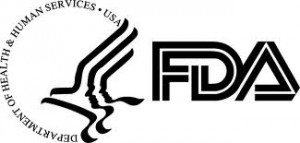 The U.S Food and Drug Administration is proposing that companies wanting to use tiny particles that have been engineered, in their packing of food, might have to provide additional testing data to ensure the products are safe.
The U.S Food and Drug Administration is proposing that companies wanting to use tiny particles that have been engineered, in their packing of food, might have to provide additional testing data to ensure the products are safe.
Tentative guidelines were issued by the FDA Friday for cosmetic and food companies that want to use nanoparticles, which can be measured in just billionths of a meter. These nanoscale particles are usually smaller than 100 nanometers in diameter. As a comparison, a standard sheet of paper is 100,000 nanometers in thickness. One human hair is over 80,000 nanometers in diameter.
More and more particles of submicroscopic size are appearing in products regulated by the FDA such as in skin lotions, sunscreens and eyeglass coatings that are glare reducing. Some researchers believe the technology will someday be used in medications however; the FDA did not address medicines in its announcement.
Under current longstanding regulations, regulatory approval is not required by companies before launching new products that contain established materials and ingredients such as spices, caffeine and some preservatives. However, officials in the FDA said on Friday that packaging and foods that have nanoparticles might require additional scrutiny.
Companies are having nanoparticles studied to see if they reduce bacterial contamination risk in certain types of foods. The FDA said only one food package that is currently being sold uses nanoparticles, but the agency declined to identify the name of the company.
